Mealybugs are parasitic insects with strong specificity. In the wild, they can parasitize on the hive of bees. They are mainly eating cocoons, pollen, and the skins of bees. They are scale insects that are very common to be found in plants indoor and outdoor.
Life Cycle of Mealybugs
Mealybugs are proliferating every year. Generally, the female bugs will lay eggs in March and April, with about 7000 eggs (female to male ratio is about 1:3).
The eggs hatch into larvae from April to May. The female larvae are scattered on the leaves, and the male larvae live under the leaves.
After 20 days, they shed their skins and become second-instar larvae. They will then leaving the foliar surface to dwell on the branches. At the same time, the females will disperse the males.
The male larva can secrete wax. They will pupate in August, and pupae emerge as male adults in early September. They will then look for female adults for mating and die after 5-10 days.
In August, the second-instar female larvae become adults. After mating, the body gradually grows up. The eggs were laid in March-April the following year and died soon after. The egg particles in the eggshell are the seeds of the mealy bugs.
Where do Mealybugs Come From?
We often found insects spontaneously coming out of nowhere. This makes many of you having the questions like where do these insects come from? Why do mealybugs appear on my plants?
Well, they can come from everywhere. They may come from the soil of the plants that you got, they may come from outdoor if you put your plants outside, or from plants, you just bought from the gardening store.
Generally, plants have their own communication by their own chemistry. If any stress or disturbance happened to them, they would have some volatile chemicals coming off their leaves or stems. If there is a sign of stress, it may attract insects like mealy bugs coming in. Sometimes, they will start to build their home inside the soil and start breeding from there.
How Do They Spread?
Mealybugs were originated in tropical and subtropical regions. Since the 1880s, with the ever-increasing worldwide trade activities, mealybugs have spread rapidly with the help of seedlings of flowers and crops.
They have spread widely and caused outbreaks all over the world.
If you are familiar with mealybugs at all, you already know that they can be a troublesome pest to deal with. However, the truth of the matter is that the more information you have on them, the better off you will be when it comes to getting rid of them!
Take a look and make sure that you know what you need to know about these pests.
These bugs are all part of the insect family Pseudococcidae, a family of unarmored, scaled insects most common in warm and moist climates.
They feed on plant sap, whether in the roots or other crevices, and they essentially do this by attaching themselves to the plant and then secreting a sticky layer of wax that will protect them until they are done.
They are easily recognizable thanks to the white wax they exude when feeding on your plants. This can often make them look as though they have been rolled in flour.
At first glance, mealybugs on plants may look a little fluffy because of the way the wax pulls and contorts. If you have an infestation of these garden pests, there is a good chance the stems and the plant’s roots in question look quite white.
The males are short-lived and do not feed at all as adults. Instead, they exist only to fertilized females. The female is the one that you will see causing harm to your garden. There are several species of these garden pests that might infest your garden.
What Damage do These Bugs Cause?
When looking at mealybugs on plants, you will find that they can cause a whole host of problems through their sap-sucking activities. For instance, when there are enough of them, they can cause issues like leaf yellowing, leaf curling, or leaf dropping.
One of the big problems with an infestation is that they are often noticed until too late. If the infestation is mild enough, there will be no significant harm done.
How Can Natural Pest Control Kill These Bugs Naturally?
In the first place, you will find these insects are hard to get rid of using pesticides; they nest in very small crevices and leaf folds where pesticides cannot reach them.
Control and Treatment
The first step is to look into good plant management. Inspect all the plants that you purchase by looking under leaves and in the new leaf folds. When you see some, remove that portion from the plant and make sure that you clean the pots thoroughly.
Don’t let the cuttings stay in the garden, but instead remove them. If you have a bad infestation, you can rinse them away with water, but rub them away with a cloth to get the best results.
If you are looking for a good natural mealy bugs treatment, consider bringing in the ladybeetle, which devours the bugs at all stages in life.
Here are some of the ways that you can use to kill mealybugs naturally:
Use Dish Soap To Kill Mealybugs
It is rather easy for you to kill mealybugs with the use of a dish soap spray. If you don’t have dish soap, you can also use shampoo or hand soap. You can get any container with a spray feature that you can get in your house. Recycle it and turn it into a dish soap spray.
Add a few tablespoons of the soap into the container. You can add in more soap if you want your soap to be stronger. If you are going to use it now, you can mix it with water and shake it up. Ideally, it is good for you to mix your soap with hot water to help spray and kill bugs even faster. But remember, you need to consider whether your plant can tolerate hot water temperature or not first.
Get your readily dish soap spray and spray down your plants. It is recommended that you do this at night time to don’t restrict the plant from doing what it needs to do during the day.
In the morning, you can rinse the plant with regular water to clear off the residue. Repeat this process nightly for a few days until all the bugs are completely gone.
Use Baking Soda
Baking soda and water all by themselves is a good fungicide.
If you grow cabbage, broccoli, cauliflower, or similar crops, you might attract mealy bugs. If so, you can mix equal parts of baking soda and all-purpose flour, then take them to dust your plants.
You dust it, and the mealybugs get in contact with them. They will die. They won’t be able to lay any more eggs. It may take a couple of days, but over time the mealybugs will disappear.
In addition, if you want to discourage mealybugs from proliferating in your garden, you can use baking soda as well. Don’t just sprinkle the baking soda directly on some of your plants like the cabbages. Your plants are hardy enough to handle the baking soda. So, it is just not a good idea for you to sprinkle directly on the plants unless it is mixed with water.
The baking soda can burn your leaves if you apply it in dry conditions.
Use Salt
Besides using baking soda, you can also use salt to get rid of mealy bugs. You can pour salt directly on them, and it will kill them as well.
Also, you can wash your hands with a little sprinkle of some baking soda. This will give your hands a good scrub. It will also help to get rid of mealybug and any dirt that’s embedded in your skin. After using it, you will find your hands are nice and clean.
DIY Ethyl Alcohol
You can make your own ethyl alcohol. What you need to do is prepare a plastic container and some rice.
Put the rice into a plastic container. Pour water into the container and shake it well. Put the lid to cover up the container and leave it for 7 days.
After 7 days, the mixture of rice and water in the container will get fermented and into ethanol or ethyl alcohol.
Prepare another empty container and a sieve. Place the sieve on the empty container.
Open up the lid of the container that contained the fermented ethanol. Pour it over to the empty container by filtering through the sieve. Leave all the rice on the sieve. We only want liquid ethyl alcohol.
Pour the ethyl alcohol into a spray bottle. Then you can spray on the leaves and stems of your plants that are having mealy bugs.
Ethyl alcohol is very effective in getting rid of mealybugs.
Use Neem Oil
If you only found a few mealybugs on your plant, you can wipe them off with your hands or use a towel or a q-tip. This will get this stick stuff off the leaves.
You can use neem oil by diluting it first with 1% neem oil and 99% water. You can add a little bit of soap cause oil and water don’t mix.
Adding the soap will help emulsify them and let neem oil and water mix together.
You can use this neem oil solution to spray the foliage as it will suffocate the larva stages and the adults’ mealy bugs so that you can control them and give your plant a good treatment.
Make a Vinegar Home Remedy
Many people have tried to use vinegar to take care of mealy bugs that grow in plants. I don’t recommend you do this because it oftentimes can damage the plant. It is doing more harm than good.
Vinegar is acetic acid that can be very damaging to plants. It can be like herbicides where some people using them to get rid of mealybugs and other pests. This can put a great deal of poison into the groundwater and kill off some other plants. It also creates a toxic environment for us, our drinking water, and many other problems.
If you have mealybugs that you are trying to get rid of in your garden and cannot use other natural means, you can consider using a little bit of apple cider vinegar instead of pure vinegar.
You can mix water with apple cider vinegar to dilute the liquid. Then use a spray bottle to spray that particular plant. You have to do it a couple of days in a row. By doing that, you won’t cause any damage to the environment.
You don’t have to use fancy organic vinegar. You can get the cheapest apple cider vinegar that you can find in your local grocery store.
Do mealy bugs bite humans?
No, they don’t bite people. They are just harming the plants. However, your skin may get irritation if you are having contact with them.
At what temperature do mealybugs die?
The ideal temperature for mealybugs to live is between 70 degrees F – 92 degrees F. Most of them cannot survive low winter temperatures that are less than 120 degrees F, and they will die. They also cannot survive if the temperature is more than 115 degrees F.
Pouring hot water with a temperature of 120 degrees F can also kill the plants. However, before you pour the hot water, you need to ensure that your plant can tolerate it. Otherwise, you may kill the mealybugs and your plants at the same time.
Will mealy bugs die outside?
Some mealybugs can tolerate certain hot and cold temperatures. Therefore, they won’t die outside. Nonetheless, most of them cannot survive outside, especially in hot temperatures during summer and cold temperatures during winter.
Can mealybugs infest your house?
Mealybugs are not like termites. They tend to settle under the plant’s leaves and stems or inside the soil. Therefore, they will only infest plants and pots.
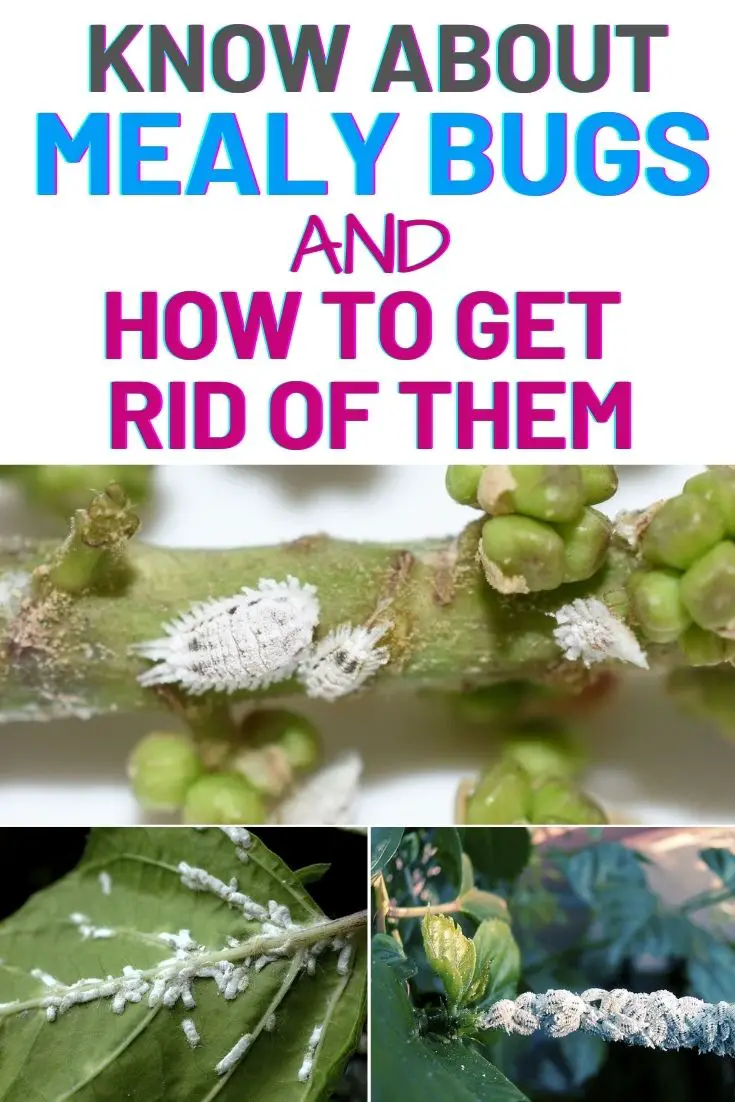

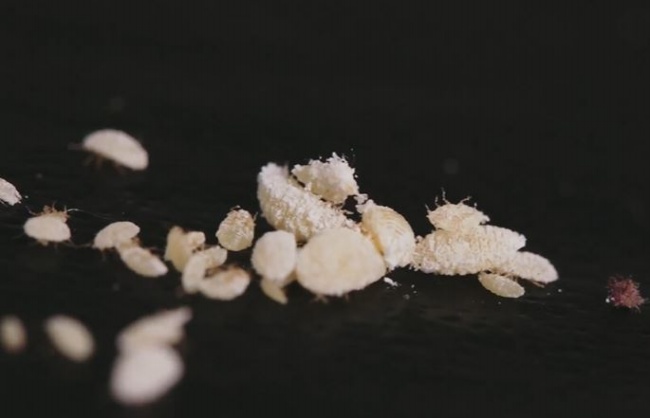
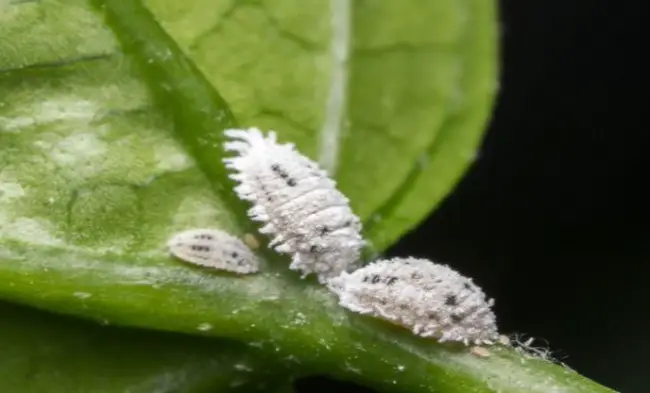
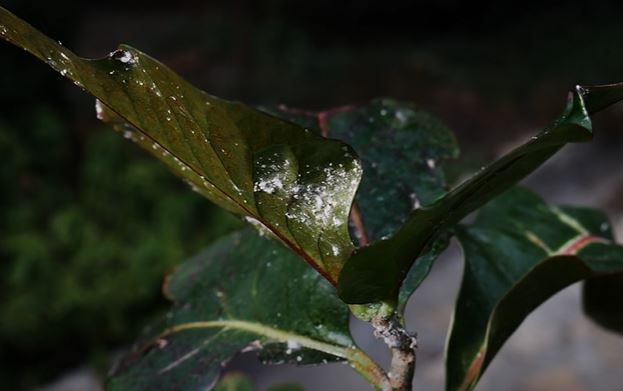
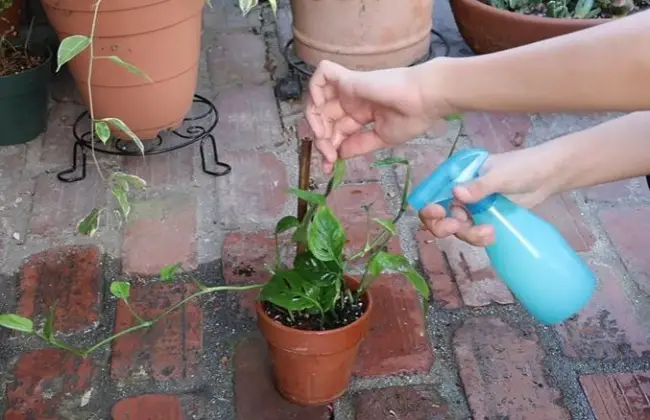
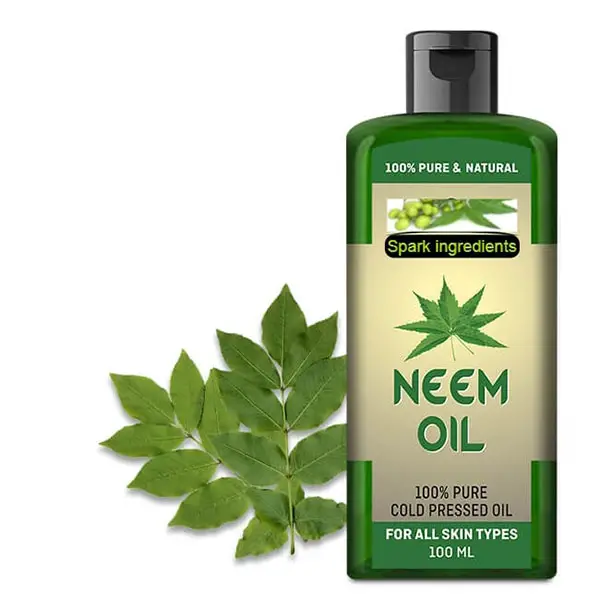
Very informative!??? I have had mealy bugs on my orchids at times and sadly ended up tossing them in the garbage. One day you don’t see and the next they are there. I really hate them!!